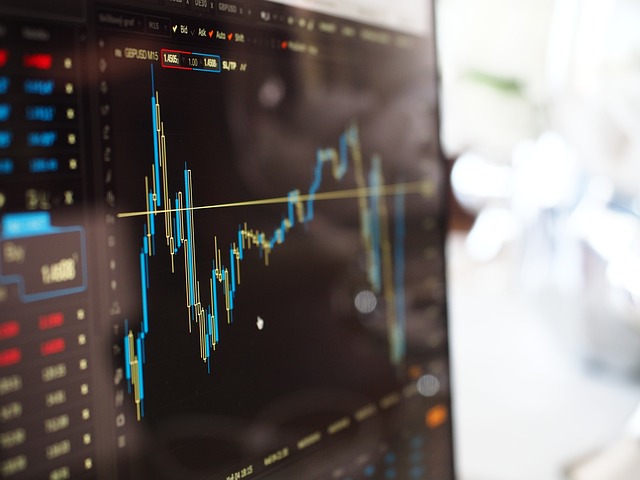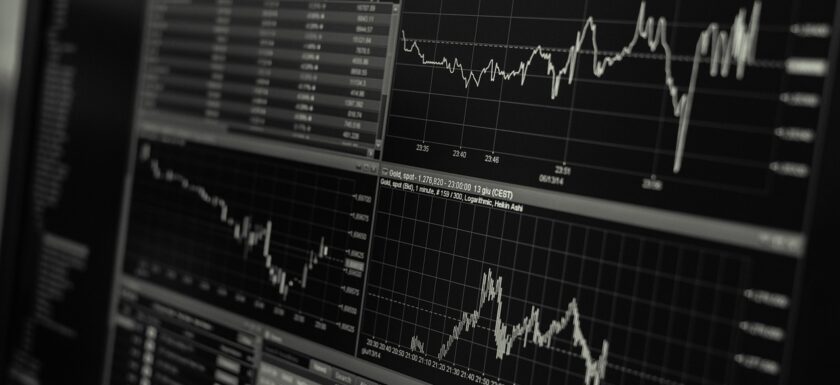The derivative market is highly sensitive to economic indicators, as these indicators provide crucial insights into the overall health and direction of the economy. This article will explore four key economic indicators that significantly impact derivative market trends and strategies. By understanding the influence of these indicators, market participants can make more informed decisions and develop effective strategies to navigate the dynamic landscape of derivatives trading. For a more in-depth analysis of the current state of the precious metals market and its potential impact on derivatives, you can refer to this naked link
Interest Rates
Interest rates have a profound impact on derivative markets, particularly in the options and futures markets. Central banks use interest rates as a tool to regulate economic growth and inflation. Changes in interest rates can affect the cost of borrowing, currency exchange rates, and investors’ appetite for risk. When interest rates rise, the cost of borrowing increases, resulting in higher carrying costs for investors.
Inflation
Inflation refers to the general increase in prices of goods and services over time. High inflation erodes purchasing power, adversely affecting both businesses and consumers. Monetary policymakers closely monitor inflation rates to maintain stability and economic growth. In an inflationary environment, derivative markets may experience increased volatility. Investors may seek to hedge against rising prices by entering into derivative contracts, such as options or forward contracts, which protect against price movements.

Gross Domestic Product (GDP)
Gross Domestic Product represents the total value of goods and services produced within a country over a specific period. GDP serves as a broad measure of economic health and is closely monitored by investors and policymakers alike. Changes in GDP growth rates can have a significant effect on derivative markets. When GDP growth is robust, derivative markets tend to be more active as investors gain confidence in the economy’s prospects. Positive GDP growth can encourage speculation and risk-taking in derivatives.
Employment Data
Employment data, such as unemployment rates and job creation figures, provide valuable insights into the labor market’s strength and overall economic activity. Strong employment data typically indicates a healthy economy, leading to increased consumer spending and business investment. Derivative markets are sensitive to employment data as it can influence investor sentiment and market trends. Economic indicators play a crucial role in shaping derivative market trends and strategies. Interest rates, inflation, GDP growth, and employment data all contribute to market participants’ decision-making process. By closely monitoring these indicators, traders and investors can identify potential opportunities and mitigate risks in the dynamic derivative market.


Comments are closed, but trackbacks and pingbacks are open.